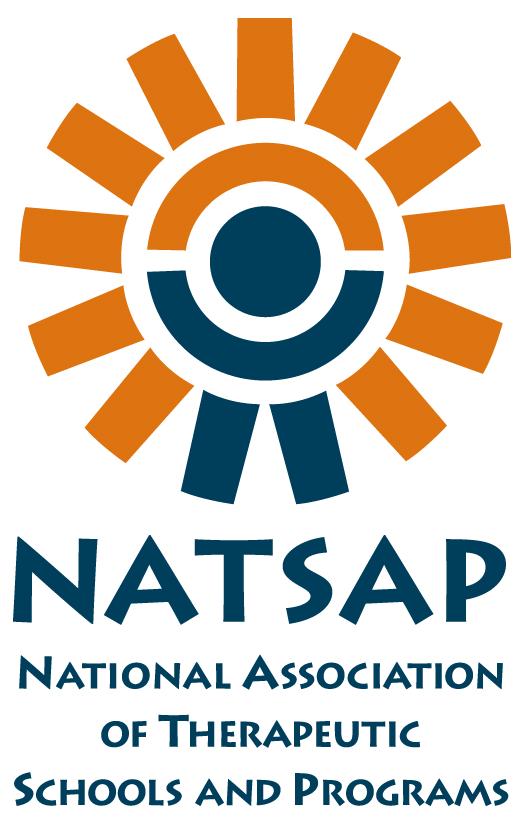The previous blog on Learning Disabilities (LD) focused on information processing in learning. Now we will look at specific difficulties caused by a processing deficit.
Reading, Written Expression, Math and Not Otherwise Specified (NOS) are the four areas of function impairment type learning disabilities that we will look at in more detail.
Unlike the information processing categories of learning disabilities, the functional areas all have specific diagnostic criteria recognized by mental health professionals and detailed in the Diagnostic and Statistical Manual of Mental Disorders, 4th Edition, Text Revision, also known as DSM-IV-TR, a manual published by the American Psychiatric Association (APA).
Reading Disorder is the most common learning disability. Of all students with specific learning disabilities, 70%-80% have deficits in reading. The term “Developmental Dyslexia” is often used as a synonym for reading disability; however, many researchers assert that there are different types of reading disabilities, of which dyslexia is one. A reading disability can affect any part of the reading process, including difficulty with accurate or fluent word recognition, or both, word decoding, reading rate, prosody (oral reading with expression), and reading comprehension. Before the term “dyslexia” came to prominence, this learning disability used to be known as “word blindness.”
Common indicators of reading disability include difficulty with phonemic awareness—the ability to break up words into their component sounds, and difficulty with matching letter combinations to specific sounds (sound-symbol correspondence).
Disorder of Written Expression: The DSM-IV-TR criteria for a Disorder of Written Expression is writing skills (as measured by standardized test or functional assessment) that fall substantially below those expected based on the individual’s chronological age, measured intelligence, and age appropriate education. This difficulty must also cause significant impairment to academic achievement and tasks that require composition of written text. Students with this diagnosis show a combination of problems such as grammatical and punctuation errors within sentences, poor paragraph organization, multiple spelling errors, and excessively poor handwriting. The term “dysgraphia” is used regarding difficulties with handwriting such as writing within a defined space, difficulty forming letters and expressing thoughts.
Math Disability, sometimes called dyscalculia, Students with a Math Disability can have difficulty learning math concepts (such as quantity, place value, and time), difficulty memorizing math facts, difficulty organizing numbers, and understanding how problems are organized on the page.
Learning Disability NOS: NOS is an abbreviation for Not Otherwise Specified, indicating a cluster of symptoms that do not clearly fit in any single diagnostic category. NOS is often a provisional diagnosis pending additional information or testing. This category includes nonverbal learning disabilities and disorders of speaking or listening.
Nonverbal learning disabilities often manifest in motor clumsiness, poor visual-spatial skills, problematic social relationships, difficulty with math, and poor organizational skills. These individuals often have specific strengths in the verbal domains, including early speech, large vocabulary, early reading and spelling skills, excellent rote-memory and auditory retention, and eloquent self-expression.
Students with disorders of speaking and listening often have learning disabilities which include difficulty with memory, social skills and executive functions (such as organizational skills and time management).
School psychologists have access to a number of standardized tests to assist them in testing students to determine if intervention is needed in the academic setting. The variety of tests available assists educators in identifying the areas of deficit and help the teachers and parents create and Individual Education Plan (IEP) addressing those areas. The IEP is a document used by the school district which identifies the student’s strengths and weakness; creates goals to help address the areas the testing results indicate the student needs additional assistance in and what classroom adaptations, special equipment or supports are needed for the student to be successful.
Remember learning disabilities are a lifelong thing. It is a parent’s responsibility to help their teenager get the additional supports needed in school so that he/she can learn skills to cope, manage and compensate for their learning disability. These skills are a key to your teen’s future success. Act now.
Reference:
http://en.wikipedia.org/wiki/Learning_disability








